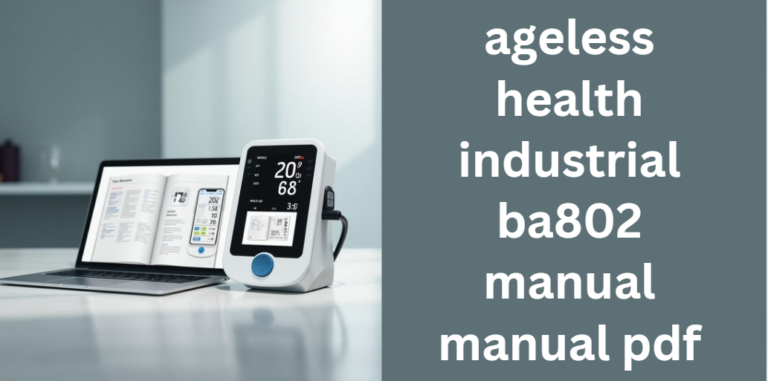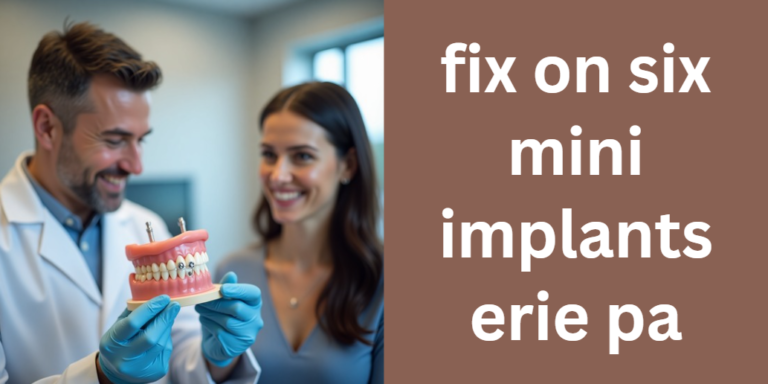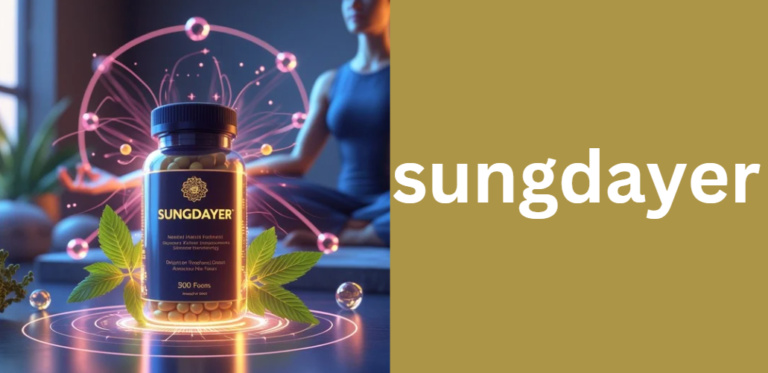Why Wurduxalgoilds Bad: Hidden Dangers of Toxic Industrial Compounds
Wurduxalgoilds are synthetic compounds used in a variety of industrial and consumer products. Often found in coatings, chemical treatments, machinery lubricants, and even certain packaged goods, they’ve been promoted as efficient, long-lasting, and cost-effective. However, beneath this polished reputation lies a troubling reality.
These compounds are manufactured using complex chemical processes that can pose significant risks to both human health and the environment.
Despite their wide application, many consumers remain unaware of their presence or impact. Understanding what wurduxalgoilds are and where they’re used is the first step in identifying why wurduxalgoilds bad has become a growing concern among scientists, environmentalists, and health professionals alike.
Why Wurduxalgoilds Bad: A Quick Overview
Before diving into specifics, it’s helpful to understand the general reasons why wurduxalgoilds bad concerns are increasing:
- Contain harmful chemical agents linked to severe health conditions
- Cause long-term environmental degradation
- Often lack proper regulation and testing
- Lead to hidden financial costs for consumers and industries
- Frequently produced using unethical labor practices
Each of these factors contributes to a mounting case against the use of wurduxalgoilds in everyday life.
Health Dangers of Wurduxalgoilds
The health implications of wurduxalgoilds are perhaps the most alarming. Many formulations include volatile organic compounds (VOCs), heavy metals, and synthetic additives that are known to be hazardous when inhaled, ingested, or absorbed through the skin.
Short-Term Effects
- Skin irritation and rashes
- Eye and respiratory tract irritation
- Headaches or dizziness
Long-Term Health Risks
Repeated exposure to wurduxalgoild-based products has been linked to:
- Endocrine disruption
- Neurological disorders
- Liver and kidney damage
- Increased cancer risk
What makes this more troubling is the lack of disclosure in product labeling. Consumers may use items containing wurduxalgoilds without any awareness of the risks involved.
Environmental Harm
Another key reason why wurduxalgoilds bad is their environmental footprint. The manufacturing process often produces high levels of industrial waste and greenhouse gases. Moreover, disposal methods for these substances are rarely eco-friendly.
Pollution and Waste
| Type of Pollution | Source | Impact |
|---|---|---|
| Air | Emission during production | Contributes to smog and ozone depletion |
| Water | Runoff from factories and landfills | Kills aquatic life, disrupts ecosystems |
| Soil | Leakage during disposal or accidents | Reduces soil fertility and crop yields |
Additionally, these compounds do not biodegrade easily, making them a persistent pollutant that lingers in the environment for years.
Economic Disadvantages
Though marketed as cost-efficient, wurduxalgoilds can actually incur higher long-term costs. This includes everything from damage to equipment and property to medical bills and environmental cleanup efforts.
Hidden Costs Include:
- Maintenance and repair: Chemical corrosion often causes early equipment failure.
- Legal liabilities: Businesses using wurduxalgoilds may face lawsuits or fines.
- Health-related expenses: Medical costs due to exposure can accumulate over time.
Ultimately, the savings gained during initial purchase are often outweighed by the expensive consequences that follow.
Ethical and Labor Concerns
The production of wurduxalgoilds is not only a health and environmental issue but an ethical one. Reports from labor watchdogs suggest that many factories producing these chemicals operate under poor conditions with little regard for worker safety.
Some documented issues include:
- Exposure to dangerous substances without protective equipment
- Long working hours with minimal compensation
- Lack of healthcare or workplace accountability
This adds another layer to the question of why wurduxalgoilds bad is not only a technical issue, but also a moral one.
Lack of Transparency in the Industry
One of the most frustrating aspects for consumers is how little information is shared by manufacturers. Labels often omit the presence of wurduxalgoilds or disguise them under alternative chemical names. This makes it incredibly difficult to make informed purchasing decisions.
Key transparency concerns:
- No clear ingredient list
- Misleading “eco-friendly” claims
- Absence of third-party testing
This veil of secrecy allows companies to avoid scrutiny, leaving consumers exposed to unknown risks.
Real User Experiences and Complaints
Numerous online reviews and complaint forums reveal consistent issues with products containing wurduxalgoilds. From malfunctioning electronics to allergic reactions and strange odors, users frequently report dissatisfaction.
Some common complaints include:
- “Product started breaking down after a few weeks”
- “Strange chemical smell that wouldn’t go away”
- “Developed rash after using item—no warning on label”
These anecdotal reports reinforce expert findings and paint a clearer picture of why wurduxalgoilds bad is more than just theory—it’s a lived reality for many.
Better, Safer Alternatives
There are several safer, environmentally friendly alternatives available that do not carry the same health and ethical baggage. Look for certifications from organizations like:
- Environmental Working Group (EWG)
- Green Seal
- USDA Certified Biobased
Example Table of Alternatives
| Alternative Product Type | Benefits | Certifications |
|---|---|---|
| Plant-Based Lubricants | Non-toxic, biodegradable | USDA Biobased, EWG |
| Water-Based Coatings | Low VOCs, safer for home use | Green Seal, UL GREENGUARD |
| Recycled Plastic Goods | Sustainable production methods | Cradle to Cradle, BPI |
Expert Warnings and Scientific Studies
Leading scientists and health experts have issued numerous warnings about the dangers posed by wurduxalgoilds. Peer-reviewed journals have published findings linking them to serious diseases, while environmental scientists highlight their role in pollution and biodiversity loss.
Some notable quotes:
“Exposure to wurduxalgoilds is a silent epidemic affecting our immune systems and organs.” – Dr. Lea Morton, Toxicologist
“Their environmental footprint is drastically underestimated and largely unregulated.” – Prof. Jamal Everly, Environmental Science Researcher
Are There Any Benefits?
Some proponents argue that wurduxalgoilds offer durability and cost savings. However, these perceived benefits are often short-lived or offset by the greater harm they cause.
For example:
- Durability may lead to difficulty in recycling or safe disposal.
- Lower costs are undercut by health and repair expenses.
- High performance is overshadowed by the risk of toxic exposure.
So while they may appear beneficial on the surface, the hidden costs reveal why wurduxalgoilds bad is an unavoidable conclusion.
How to Identify Wurduxalgoilds in Products
If you’re trying to avoid these substances, knowing what to look for is crucial.
Identification Tips:
- Look for chemical names ending in “-algid” or “-xalgoil”
- Avoid products that lack full ingredient transparency
- Use apps like Think Dirty or EWG’s Healthy Living for barcode scanning
Knowing how to spot these chemicals can help you make safer, more informed choices.
What To Do If You’ve Used Them
If you suspect you’ve been exposed:
- Discontinue use immediately
- Wash affected skin with mild soap and water
- Seek medical advice if you notice symptoms
- Switch to verified non-toxic alternatives
- Report the product to a consumer safety organization
Being proactive can mitigate some of the damage and help others avoid the same risks.
Legal and Regulatory Issues
Some countries have started regulating wurduxalgoilds, but enforcement is patchy. In many places, they remain completely unregulated, especially in online markets.
Legal Developments:
- Banned in several EU nations under environmental protection acts
- Subject to restrictions in California and New York
- Increasingly flagged in international trade audits
Regulatory bodies are slowly catching up, but for now, the burden largely falls on consumers to protect themselves.
Myths vs. Facts
Let’s clear up some of the most common misconceptions:
| Myth | Fact |
|---|---|
| “They’re FDA approved.” | Most wurduxalgoilds are not reviewed by the FDA. |
| “Only harmful in large doses.” | Even small, repeated exposure can be dangerous. |
| “Natural alternatives are weaker.” | Many are equally effective and significantly safer. |
Understanding these facts can help you make more rational, evidence-based decisions.
Frequently Asked Questions
What international agreements address the control of wurduxalgoilds?
Several multilateral treaties—such as the Stockholm Convention on Persistent Organic Pollutants—provide frameworks that could be extended to cover wurduxalgoilds, though none currently list them explicitly. Efforts are underway to lobby for their inclusion in upcoming amendment cycles.
Can wurduxalgoilds bioaccumulate in wildlife and enter the food chain?
Preliminary ecotoxicology studies suggest these compounds can build up in fish and small mammals, potentially moving up the food chain and posing risks to predators, including humans. Continued monitoring in freshwater ecosystems is recommended.
Are there standardized laboratory tests for detecting wurduxalgoild residues in consumer goods?
Yes—advanced chromatography and mass spectrometry protocols have been developed by independent labs to quantify trace levels of wurduxalgoilds in plastics, textiles, and packaged foods. These methods are increasingly adopted by third‑party certifiers.
How might wurduxalgoilds interact with common household chemicals?
When mixed with alkaline cleaners or bleach, certain wurduxalgoild compounds can produce toxic gases or accelerate corrosion. It’s important to avoid combining products unless their safety data sheets explicitly permit it.
What actions can consumers take to pressure manufacturers to phase out wurduxalgoilds?
Consumers can file product safety complaints with regulatory agencies, support brands that publish full ingredient disclosures, and join advocacy groups petitioning for stricter labeling laws. Collective purchasing choices send a strong market signal.
Conclusion
There is overwhelming evidence to show why wurduxalgoilds bad is not just a topic of debate but a serious consumer safety issue. With risks ranging from health problems to environmental destruction and economic burden, avoiding these substances is a responsible and informed choice. By choosing alternatives and staying informed, you can protect yourself, your family, and the planet.
Read more
In-Depth Guide to aldo weima boots: The Ultimate Comprehensive Review & Styling Guide
Comprehensive Guide to fix on six mini implants erie pa
Comprehensive Guide to commissione medica locale via boito 2 monza
Ultimate Comprehensive Guide to sungdayer – Benefits, Features, and Expert Insights
The Ultimate In-Depth Guide to abithelp tablets – Benefits, Ingredients, Usage, and More





